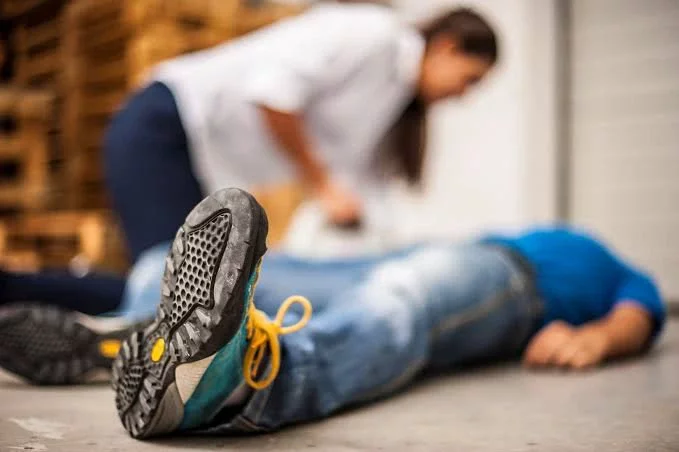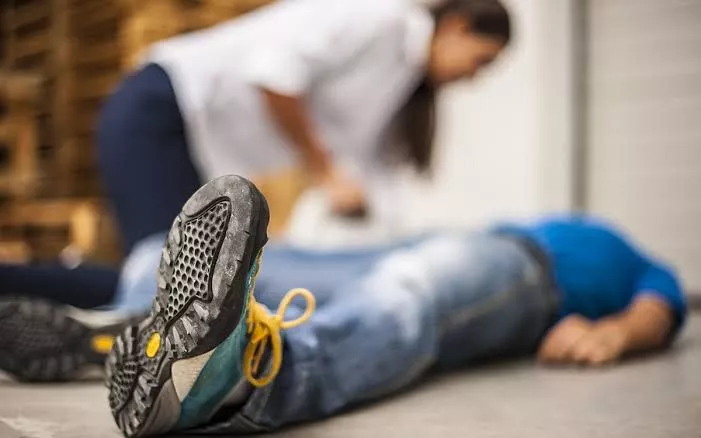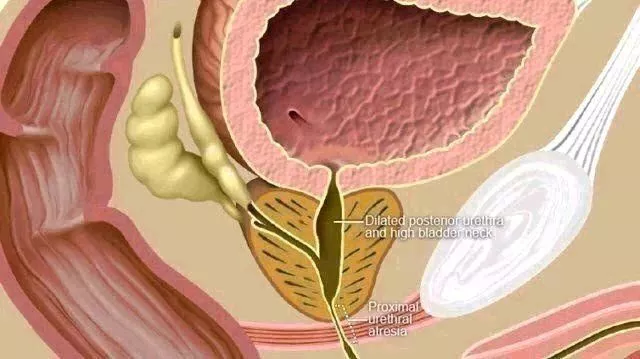
Fainting, also known as syncope, occurs when there is a temporary loss of consciousness due to a lack of blood flow to the brain. It can be caused by dehydration, low blood sugar, overheating, emotional distress, or an underlying medical condition. Knowing what to do when someone faints can help prevent further injury and ensure their safety.
Step 1: Stay Calm and Assess the Situation
Ensure the area is safe for both you and the person who has fainted.
Check for immediate dangers, such as traffic or sharp objects, that could harm them further.
Step 2: Check for Responsiveness
Gently tap their shoulder and call their name to see if they respond.
If they do not respond, check for breathing and a pulse.
Step 3: Position Them Safely
If the person is unresponsive but breathing, lay them flat on their back.
Elevate their legs about 12 inches to encourage blood flow to the brain.
Loosen any tight clothing, such as belts or collars, to make breathing easier.
Step 4: Monitor Their Condition
Stay with the person until they regain consciousness.
When they wake up, keep them lying down for a few minutes to prevent another fainting episode.
Offer them water or juice if they appear dehydrated or have low blood sugar.
Step 5: Seek Medical Help If Necessary
Call for emergency assistance if:
They do not regain consciousness within one minute.
They are having difficulty breathing or experiencing chest pain.
The fainting is accompanied by seizures, confusion, or a head injury.
The person has a known medical condition that could have caused the fainting, such as diabetes or heart disease.
What Not to Do
Do not shake the person or try to force them to sit up immediately.
Avoid giving them food or drink while they are still unconscious.
Do not leave them alone until they have fully recovered.
Fainting is usually harmless and temporary, but it can sometimes indicate a more serious problem. Knowing these steps will help you provide effective first aid and ensure the person receives proper care.

















Comments